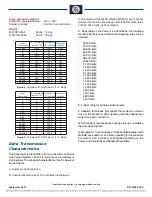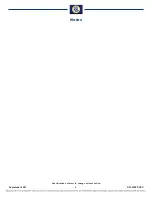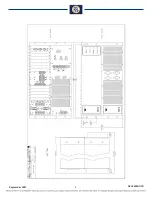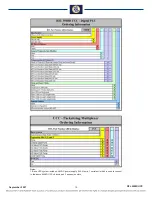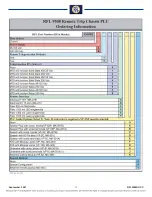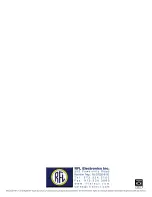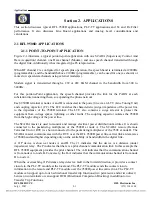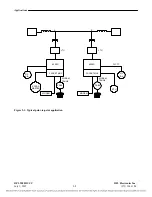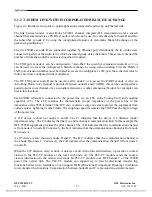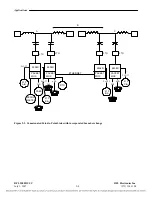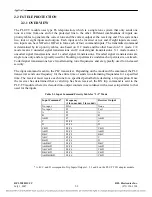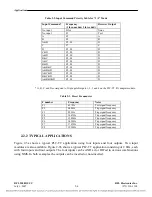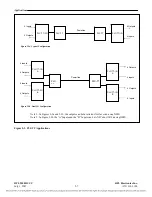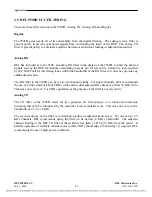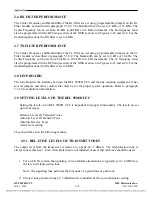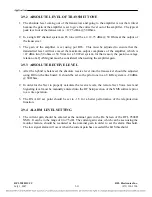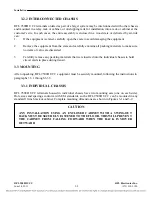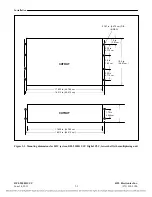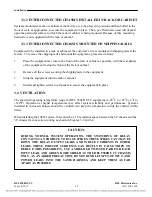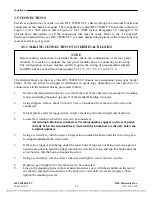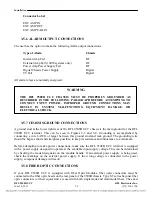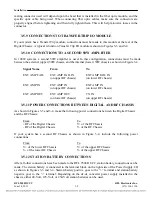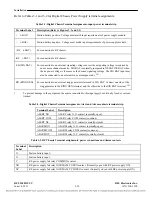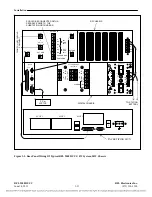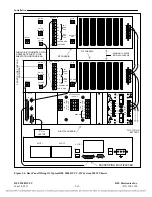
Applications
2.5
RFL 9508D UCC FILTERING
There are three filter sections in the 9508D, Analog TX, Analog RX, and Digital.
Digital
The 9508D gains nearly all of its selectability from the digital filtering. The analog receive filter is
present purely to prevent extraneous signals from overloading the input of the DSP. The analog TX
filter is present purely to eliminate amplifier harmonics and reduce loading of adjacent transmitters.
Analog RX
RFL has included as in the 9508, an analog RX filter in the design of the 9508D to limit the band of
signals seen by the DSP for channel overloading reasons, not for selectivity. Selectivity tests required
by IEC 60495 call for interfering tones within the bandwidth of the RX filter so it does not provide any
additional rejection.
The RX filter in the 9508D can be set to two channel widths. For single channels, RFL recommends
the use of a filter which is about 8 KHz wide and for dual adjacent RX channels, a filter 16 KHz wide.
This does not vary for 2.5 or 4 KHz operation as the purpose of the filter is not selectivity.
Analog TX
The TX filter of the 9508D exists for two purposes. Its first purpose is to reduce the harmonic
distortion that may be introduced by the amplifier to an acceptable level. This does not vary with a
bandwidth of 2.5, 4 or 8 KHz.
The second purpose of the filter is to eliminate loading of adjacent transceivers. For one or two 2.5
KHz channels, RFL recommends using the filter on its narrow (8 KHz) bandwidth. The adjacent
channel loading of the RFL TX filter at that width is less than 1.5 Db @12 KHz from the center. If
parallel operation of multiple terminals closer than 8 KHz (band edge to band edge) is required, RFL
recommends the use of high power combiners.
RFL 9508D UCC
RFL Electronics Inc.
July 1, 2007
2-9
(973) 334-3100

